The year is 1977. Prabir Kumar Das, a ventriloquist (vent) is on a high. He has just wrapped up a 30-minute set with his talking doll, Michael, providing his audience at the Doordarshan studio in Kolkata an evening filled with riotous laughter.
It has been two years since he was given his own show, Michael-er-ashor, and by now, he has successfully shattered the perception that dummies are “creepy”. After thunderous applause and shaking hands with children who have come to see his show, Das heads to his green room. He slides the dummy in a bag and locks it. On seeing this, a few children present at the studio begin crying incessantly, for they believe Michael is human.
“They thought he would choke and die without any oxygen inside the bag. It was only after Michael himself assured the kids that it was his sleeping bag, did they stop crying. Since then, I have been carrying around the doll on my motorcycle,” Das, now 69, recalls in a conversation with The Better India. He says the incident became the yardstick to measure his popularity and acceptance among his Bengali audience, particularly the children. This was further affirmed by the show’s uninterrupted run for two decades.
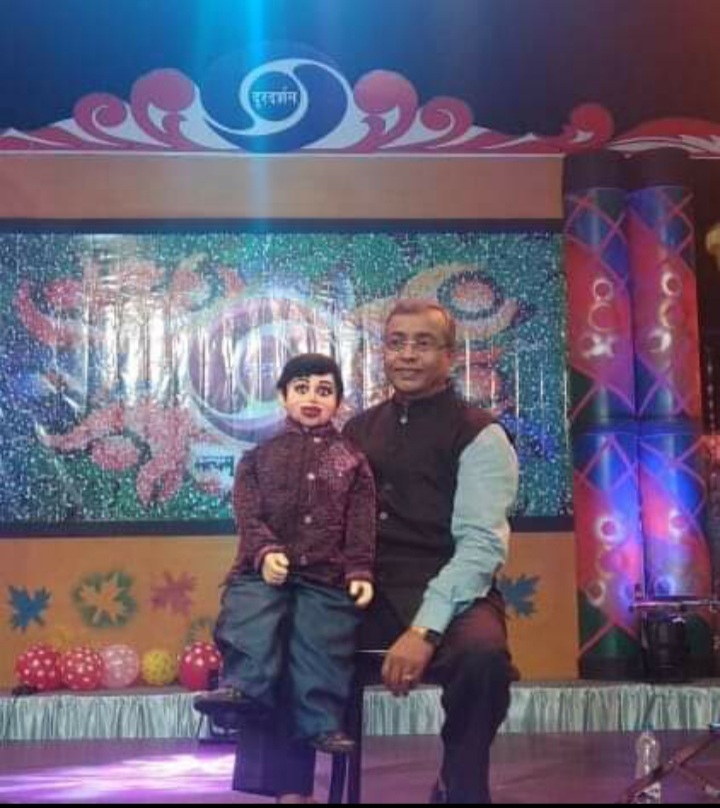
It was probably the first time that a ventriloquist had bagged a prestigious and massive platform such as Doordarshan to showcase an extraordinarily artful and technically masterful craft.
The term ‘ventriloquism’ is derived from the Latin words ventri (meaning belly) and loqui (meaning speaking) — so, it’s the art of speaking from the belly. The person performing the show is required to speak with the tip of his tongue without moving his mouth. The voices of a ventriloquist and the puppeteer prop have to sound different, to create the illusion that the conversation is between two people.
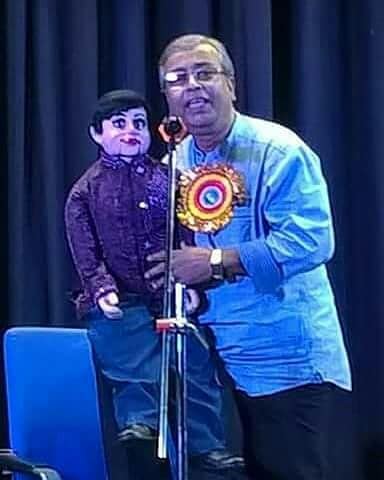
Over the years, Das has been able to produce extraordinary inflexions of voice using his clever and funny writing. This has left millions impressed, including Satyajit Ray. Inspired by Das’s act, the legendary filmmaker wrote a short story of a ventriloquist titled Bhuto, and later adapted it into a tele-series for Doordarshan. Das provided training to the actor playing a vent and even assisted Ray. It was remade in Hindi (Bhoothnath) starring Utpal Dutt and Pankaj Kapoor.
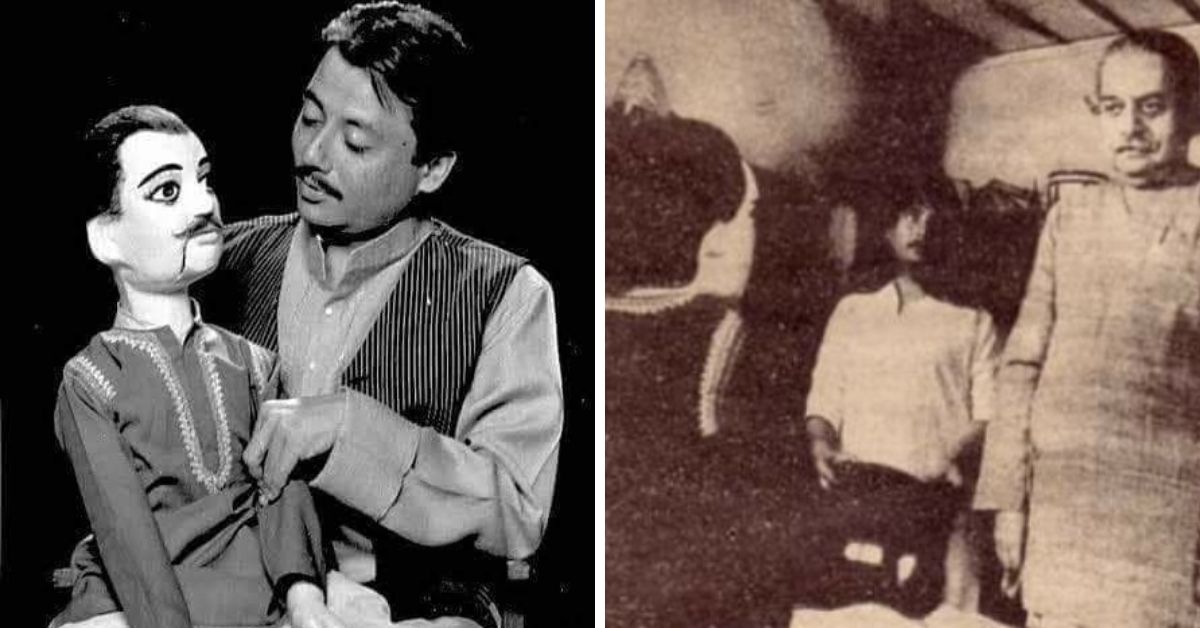
Das talks about what drew him to this unusual art, and how he used it to spread social awareness and bring joy.
A rising talent
His father was a manager at a film production house in Kolkata, so Das grew up watching many film shootings. Fascinated by the performances, he secretly wished he had the talent to captivate people’s attention at once. Magic was another medium that caught his attention.
“As a young boy, I would keenly observe magicians and try to replicate their tricks at home. By the time I turned 15, I was showing these tricks in school,” says Das.
In school, he was also an active member of the scout team and got a chance to visit the Soviet Union (now Russia) in 1956. There, the team attended a circus one evening, where Das first saw a talking doll.
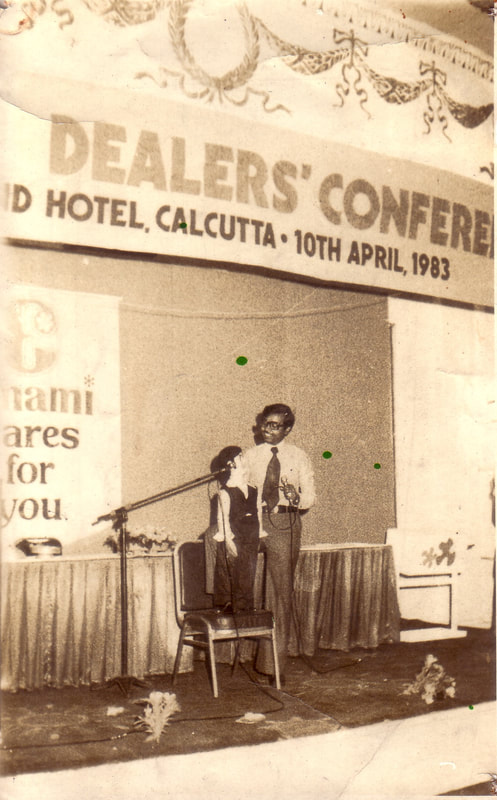
“I was mesmerised by the performer, who was on roller skates. I thought there was a machine inside the doll, only to learn later that it was the performer himself talking using different voices. With the help of a translator, I asked the performer several questions about his process and voice modulation. He patiently answered my questions, and on seeing my interest, even gifted me a doll and a ventriloquist book with guidelines,” he adds.
Once he returned to India, there was no stopping Das.
Since the book was in the Russian language, he joined a one-year language course to translate the book. His dedication was such that he would perform in public to experiment with his content and creativity. He befriended a bus conductor, who allowed him to perform for the commuters.
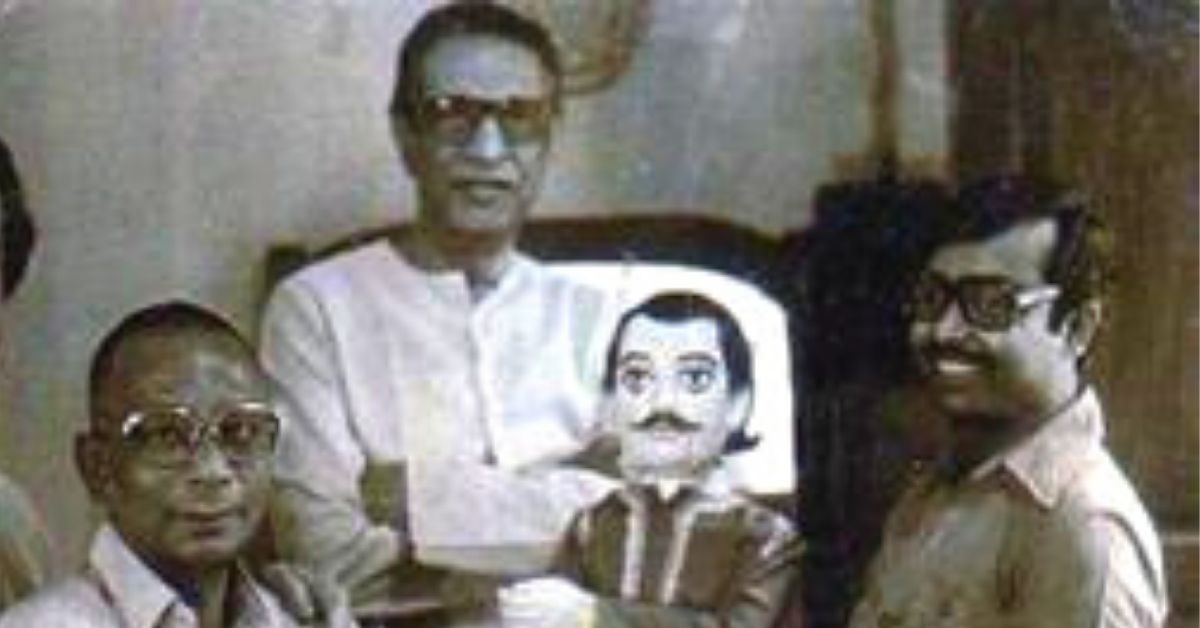
It was during one such performance that he was spotted by his father’s friend, who gave him a chance to perform at an exhibition in 1972. That helped Das bag other gigs and three years later, he was performing at Doordarshan.
Ventriloquism: How it works
In simple words, ventriloquism involves a conversation between the performer and the doll. Das creates a visual illusion, wherein he makes people believe the sound is not coming from his mouth, by moving the doll’s mouth.
“A person can usually tell where the sound is coming from, but if he sees something else moving at exactly the same time, he gets an impression that the moving object is making the sound. It is important to keep your lips still throughout the act, and synchronize your voice with the puppet’s mouth. The audience has to be at a distance of at least 10 feet to create this illusion,” Das explains.
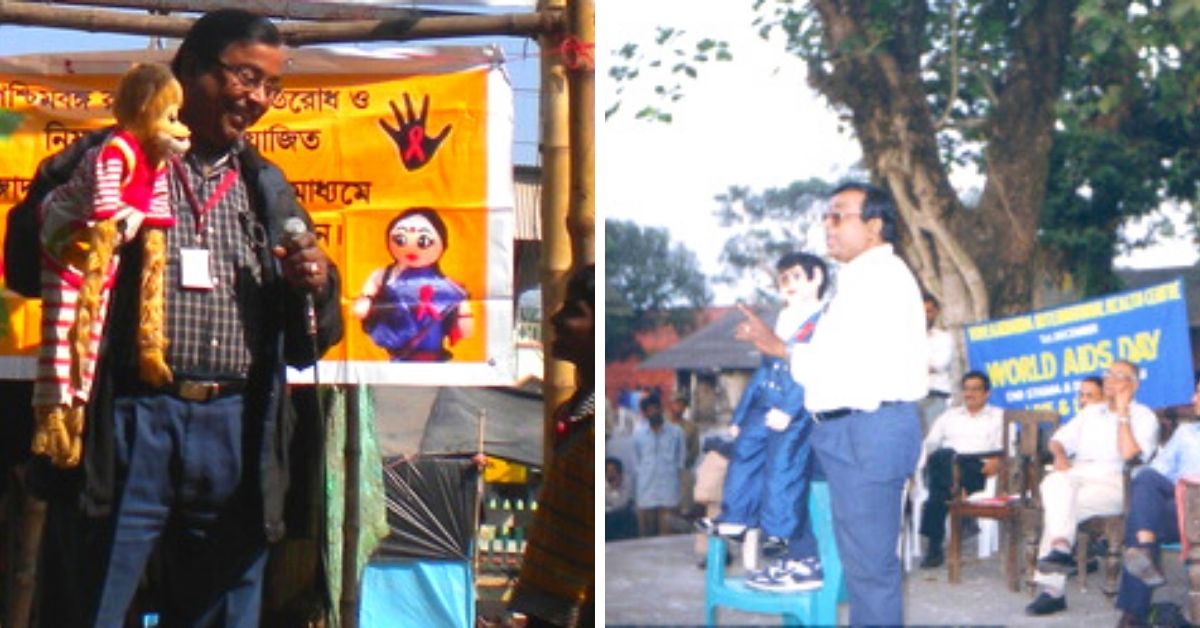
The process is hardly easy, considering letters such as B, F, M, V and W, which require the performer to move their lips. Das has addressed this issue by coming up with alternative pronunciations. For example, he replaces B with D. So, bread and butter become “dread” and “dutter”. Mahabharat becomes “Ahabharat”. In some cases, he also tries to speak quickly before the spectator notices. Another requirement is for the teeth to touch at all times. Das has developed his art to a point where he is capable of having a three-way conversation. The audience can talk to Michael, Das, or both.
While many vents boast of creating multiple characters, Das has stuck with Michael, who became popular in 1975. His character is goofy and perpetually clueless. This not only makes the audience laugh, but also engages them. For instance, Das will explain the reasons for water pollution and towards the end, will question Michael, who will either not answer, or give an incorrect one. This will prompt spectators to list the reasons.
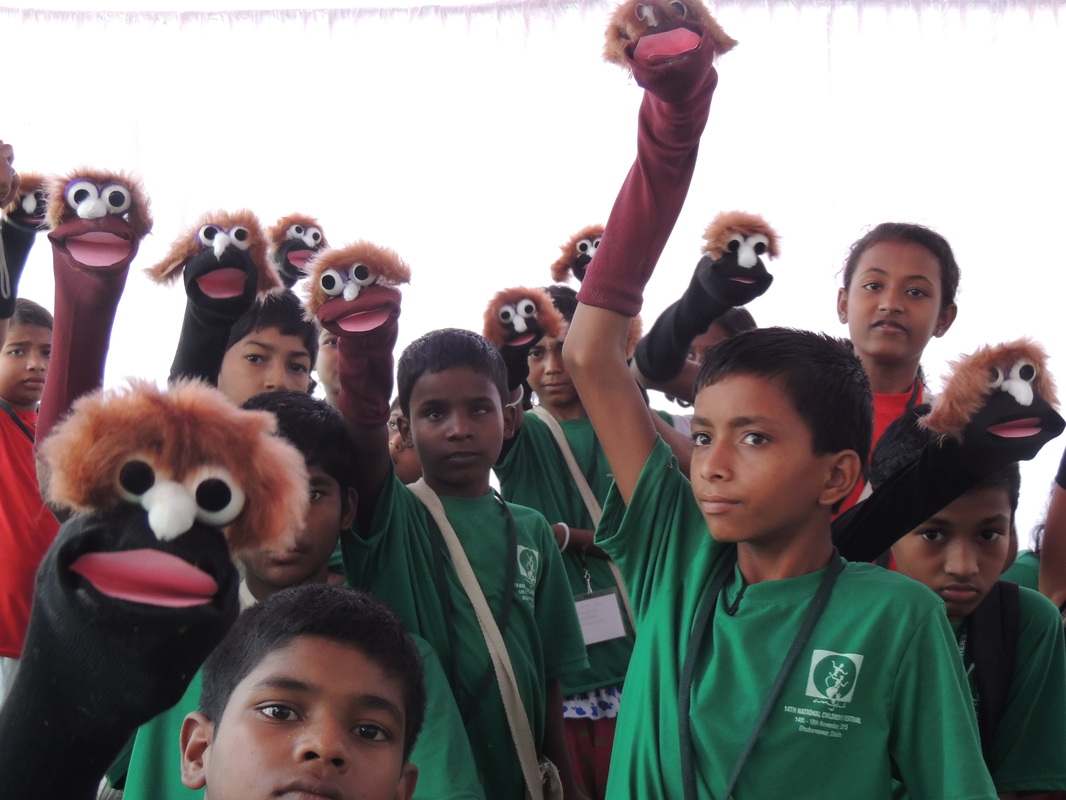
The stint with Doordarshan paved way for more opportunities. Banks, corporates and government departments invited him to organise shows and workshops on various themes. So apart from shooting his weekly show at Doordarshan, Das was now travelling to different parts of the country to raise social and civic awareness. With Michael, he explored various issues, from air pollution to AIDS and women empowerment. Michael, too, won many hearts. Children from across the country sent him letters and gifts.
Saving a dying art
In current times, with a plethora of entertainment options to choose from, ancient artforms like ventriloquism are gradually dying. Das happens to be one of the last few artists in this field, and is strenuously trying to keep the art alive and pass it onto future generations. He conducts both online and offline classes for people of all ages —— children as young as 10, or 60 year olds.
“The DD show came to an end in the early 90’s, post which I focussed on workshops and physical performances. During the COVID-19 lockdown period, I conducted the classes online. Most of my students are keen on learning this art form as a hobby. Since 2013, I have taught nearly 800 people,” Das says.
Raj Sony, one of his students and a professional vent in Bihar, says, “I was an amateur vent when I met Prabir sir. Under his guidance, I improved on multiple aspects like zero lip-synching, pronunciations and dialogue delivery. I have always been astonished beyond measure by his impressive performances.”
Das perfected his craft with the rigorous practice that would sometimes last for 12 hours. Sitting in one place and keeping the audience enthralled show after show is no mean feat. What stands out are the underlying messages that his humorous performances convey.
Edited by Divya Sethu
No comments:
Post a Comment